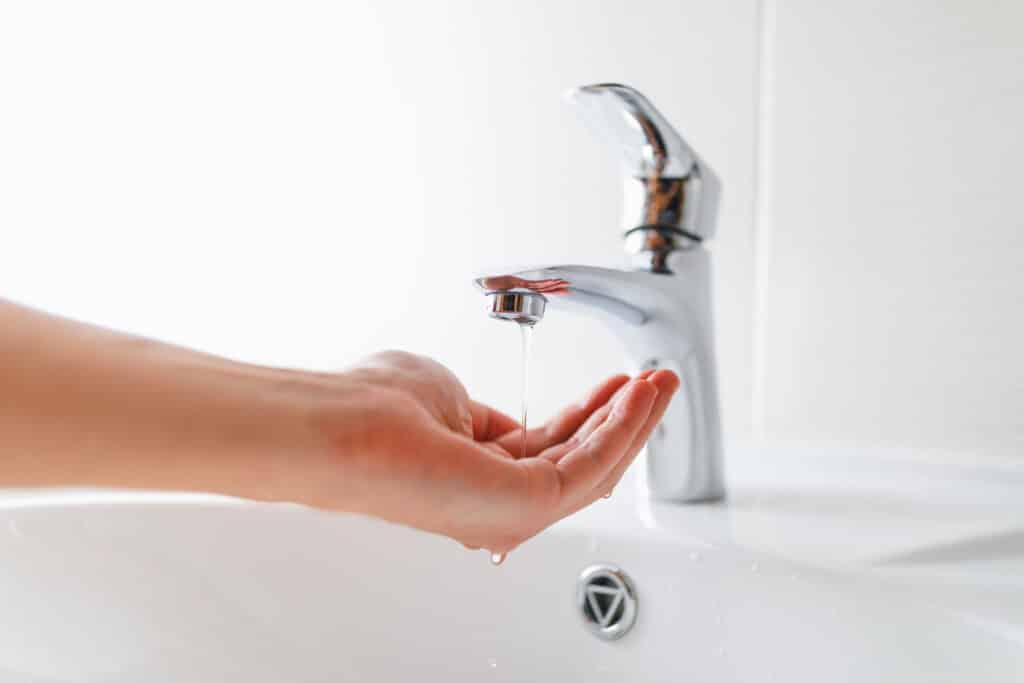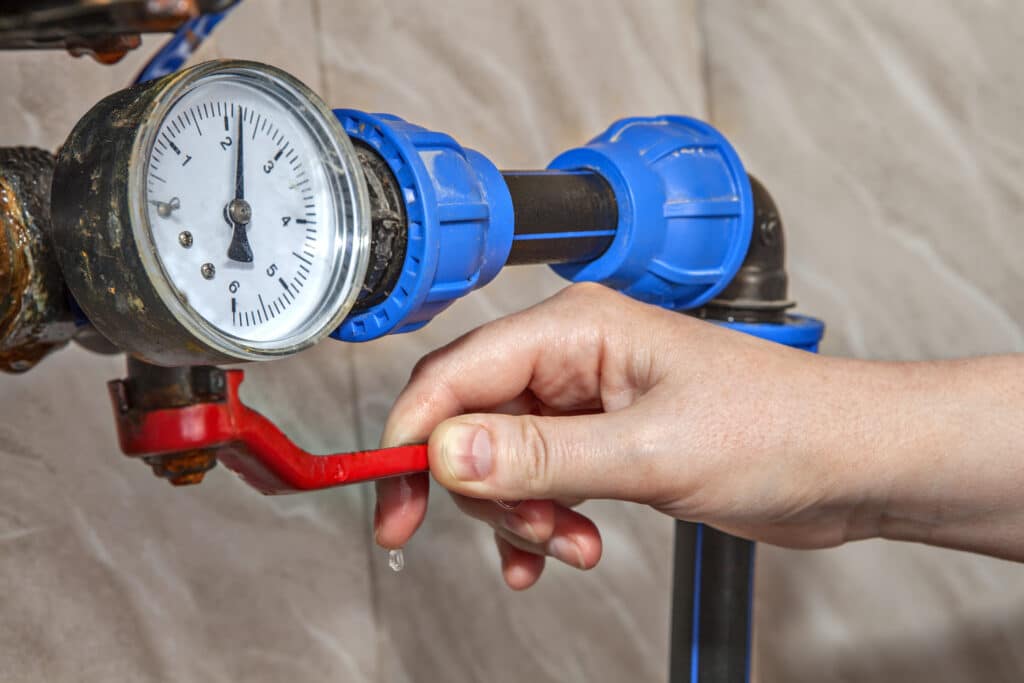
5 Signs Your Water Pressure Problem Needs a Plumber Now
Water pressure is a crucial part of any home’s plumbing system. When it’s too low, simple tasks like showering, washing dishes, or running sprinklers become frustrating. On the other hand, excessively high pressure can damage pipes and appliances, leading to costly repairs. While minor fluctuations are normal, ongoing issues may indicate a deeper plumbing problem.
If you’re experiencing water pressure problems in your Mansfield, TX home, it’s essential to know when to call a professional. Some signs point to minor fixes, but others require immediate attention. Ignoring these warning signals can lead to leaks, water damage, and even higher utility bills.
In this article, we’ll discuss five clear signs that your water pressure issue needs a plumber right away. If you notice any of these problems, contacting Bahama Plumbing can help prevent further damage and restore proper water flow in your home.
Sudden Drop in Water Pressure
A sudden decrease in water pressure can be frustrating, especially when it happens unexpectedly. If your faucets or showerheads were working fine one day but barely trickling the next, there may be an underlying plumbing issue. This type of problem usually doesn’t fix itself and often requires professional attention.
One common cause of a sudden pressure drop is a hidden leak. If a pipe has burst or developed a crack, water escapes before reaching your fixtures. Not only does this waste water, but it can also lead to structural damage and mold growth. In some cases, a failing pressure regulator or a clogged pipe could be the culprit.
Another warning sign is if the issue affects only one part of your home. If multiple fixtures experience a sudden drop in pressure, the problem could be with the main water line or municipal supply. However, if it’s isolated to a single sink or shower, the issue may be due to a clogged aerator or a failing valve.
Regardless of the cause, a professional plumber can diagnose the problem and restore proper water flow. If you notice a sudden drop in water pressure, don’t wait—addressing it early can prevent costly repairs down the road.

Inconsistent Water Pressure Throughout the Home
Water pressure should remain steady across all fixtures in your home. If some faucets have strong flow while others barely trickle, there may be an issue with your plumbing system. Inconsistent pressure can make daily tasks difficult and often signals a larger underlying problem.
One possible cause is corroded or clogged pipes. Over time, mineral buildup from hard water can restrict flow, reducing pressure in certain areas. Older homes in Mansfield, TX, may have galvanized pipes, which are prone to corrosion and blockages. When some fixtures work fine while others struggle, it could mean specific pipes need replacement.
Another potential issue is a faulty pressure regulator. This device controls water pressure from the main supply. If it malfunctions, certain areas of your home may experience pressure fluctuations while others remain unaffected. A professional plumber can test and replace the regulator if necessary.
If you’re noticing pressure differences between floors or from one room to another, don’t ignore it. A plumbing inspection can identify whether the issue is minor or if your home needs more significant repairs. Addressing the problem early can help maintain consistent water flow and prevent costly damage.
No Improvement After Cleaning Fixtures
Mineral buildup is a common cause of weak water flow. Over time, faucets and showerheads can collect sediment, leading to reduced pressure. In many cases, removing and cleaning these fixtures can restore normal flow. However, if pressure remains low even after cleaning, the issue may be deeper within your plumbing system.
One possible cause is a blockage inside your pipes. Hard water deposits, rust, or debris can accumulate in your plumbing, restricting water flow. This is especially common in older homes with aging pipes. If only one fixture is affected, the issue might be localized. However, if multiple fixtures have low pressure, a more extensive clog or pipe deterioration could be the culprit.
A failing water supply line could also be to blame. If cleaning doesn’t solve the problem and pressure remains low, there may be a leak or partial blockage in your main line. This can result in water waste and higher utility bills.
When cleaning fixtures doesn’t resolve the issue, it’s time to call a professional plumber. A thorough inspection can identify the cause and ensure your home’s water pressure is restored to proper levels.
High Water Pressure That Causes Damage
While low water pressure can be frustrating, excessively high pressure is just as concerning. It might seem like strong water flow is a good thing, but too much pressure can strain your plumbing system. Over time, this can lead to leaks, damaged appliances, and costly repairs.
One of the most noticeable signs of high water pressure is banging pipes, also known as water hammer. This happens when the force of moving water causes pipes to shake or rattle. If left unaddressed, it can weaken pipe joints and lead to leaks. High pressure can also wear out faucets, showerheads, and water-using appliances like dishwashers and washing machines.
A failing pressure regulator is a common cause of excessive pressure. If this device malfunctions, it may allow water to flow too forcefully into your home. Without proper regulation, pipes experience constant stress, increasing the risk of bursts or failures.
If you suspect high water pressure, a plumber can test your system and make necessary adjustments. Installing a pressure-reducing valve (PRV) may help prevent damage, ensuring that your plumbing remains in top condition.
Water Pressure Issues Accompanied by Discolored Water
If your water pressure problem comes with discolored water, it’s a serious sign that your plumbing system needs attention. Healthy tap water should be clear. Any unusual color—such as brown, yellow, or murky water—could indicate corrosion, sediment buildup, or contamination.
One common cause is rusting pipes. Older galvanized steel pipes can corrode from the inside, releasing rust particles into the water supply. This often leads to reduced water pressure as the corrosion narrows the pipe’s interior. If the discoloration happens when you first turn on the tap but clears after a few seconds, your pipes may be deteriorating.
Another potential cause is a disturbance in the water main. If the city’s water supply experiences maintenance or a sudden pressure shift, sediment can become dislodged and enter your pipes. If multiple homes in your neighborhood experience discolored water, it’s likely a municipal issue. However, if it’s only affecting your home, your plumbing system may be the source of the problem.
Discolored water and pressure issues should never be ignored. A professional plumber can inspect your system, determine the cause, and recommend solutions to restore both water clarity and proper pressure.
How a Plumber Diagnoses and Fixes Water Pressure Issues
When water pressure problems arise, a professional plumber can pinpoint the cause and recommend the best solution. Plumbing issues aren’t always visible, so specialized tools and expertise are essential for an accurate diagnosis.
One of the first steps a plumber takes is testing the water pressure. Using a pressure gauge, they measure the PSI (pounds per square inch) of your water supply. If the pressure is too low or too high, further investigation is needed. In some cases, adjusting the main shutoff valve or replacing a faulty pressure regulator can restore normal flow.
If pressure issues stem from clogged or corroded pipes, a plumber may inspect the plumbing system using a camera. This helps identify blockages, rust buildup, or leaks. If necessary, they might recommend pipe replacements or hydro jetting to remove debris.
Leaks in the main water line can also cause low pressure. A plumber may use leak detection equipment to find hidden breaks in underground pipes. If a leak is found, repairs or replacements are necessary to restore proper water flow.
Because water pressure issues can have multiple causes, professional diagnosis is the best way to ensure a long-term fix. A skilled plumber will not only resolve the immediate problem but also help prevent future issues.
Preventing Future Plumbing Issues
Plumbing problems can be frustrating, but regular maintenance helps keep everything running smoothly. Taking proactive steps ensures consistent water flow and protects your pipes from unnecessary wear and tear.
One of the best ways to avoid issues is to monitor the pressure in your home. A simple gauge can measure PSI (pounds per square inch) and detect irregularities. Ideally, levels should stay between 40 and 60 PSI. If they fall outside this range, adjustments may be necessary.
Another useful step is inspecting and cleaning fixtures. Aerators and showerheads often accumulate mineral buildup, restricting flow. Cleaning or replacing them restores efficiency. For homes with hard water, installing a softener can reduce mineral deposits inside pipes, preventing future blockages.
Scheduling routine plumbing inspections is also a smart move. A professional can identify early signs of corrosion, leaks, or regulator failures before they become serious problems. Annual checkups help maintain your system’s longevity and efficiency.
By following these simple steps, you can keep your plumbing system in top condition and avoid unexpected repairs. If you notice sudden changes in flow or pressure, a plumber can provide expert solutions to restore balance.
Why Choose Bahama Plumbing for Your Plumbing Needs?
When dealing with plumbing issues, having a reliable expert on your side makes all the difference. At Bahama Plumbing, we provide professional service to homeowners in Mansfield, TX, ensuring their plumbing systems work efficiently and safely.
Our experienced team understands the common causes of low and high pressure, as well as other plumbing concerns that affect local homes. Whether it’s diagnosing a sudden drop in flow, fixing a faulty regulator, or repairing a hidden leak, we have the tools and expertise to get the job done right.
We believe in long-term solutions, not quick fixes. That’s why we thoroughly inspect each system before recommending repairs or replacements. Our goal is to restore proper function while helping homeowners prevent future issues.
Customer satisfaction is our top priority. From the moment you call, we offer honest advice, upfront communication, and quality workmanship. If you’re experiencing fluctuating water flow, unusual noises, or signs of a leak, our team is ready to help.
Don’t let plumbing issues disrupt your home. Contact Bahama Plumbing today for expert service in Mansfield, TX and surrounding areas.

FAQs About Plumbing Pressure Issues
What causes a sudden drop in flow?
A sudden decrease can be due to a hidden leak, a clogged pipe, or a failing pressure regulator. If multiple fixtures are affected, the issue may be with the main water line or municipal supply.
How can I check the pressure in my home?
You can use a gauge to measure PSI levels. Attach it to an outdoor hose bib or faucet and turn the water on. A reading between 40 and 60 PSI is ideal. If levels are too high or low, a plumber can make the necessary adjustments.
Can excessive force in the system cause damage?
Yes. When flow is too strong, it can strain pipes, cause leaks, and damage appliances like dishwashers and washing machines. If you hear banging noises in your pipes—also known as water hammer—it may be a sign that adjustments are needed.
Can a clogged filter reduce flow?
Yes. If your home has a whole-house filtration system or an under-sink filter, blockages can restrict output. Replacing filters regularly helps maintain proper function.
When should I call a plumber for inconsistent flow?
If cleaning fixtures doesn’t improve performance, or if you notice sudden drops, excessive force, or discolored water, it’s best to contact a professional. A thorough inspection can prevent further damage and costly repairs.
